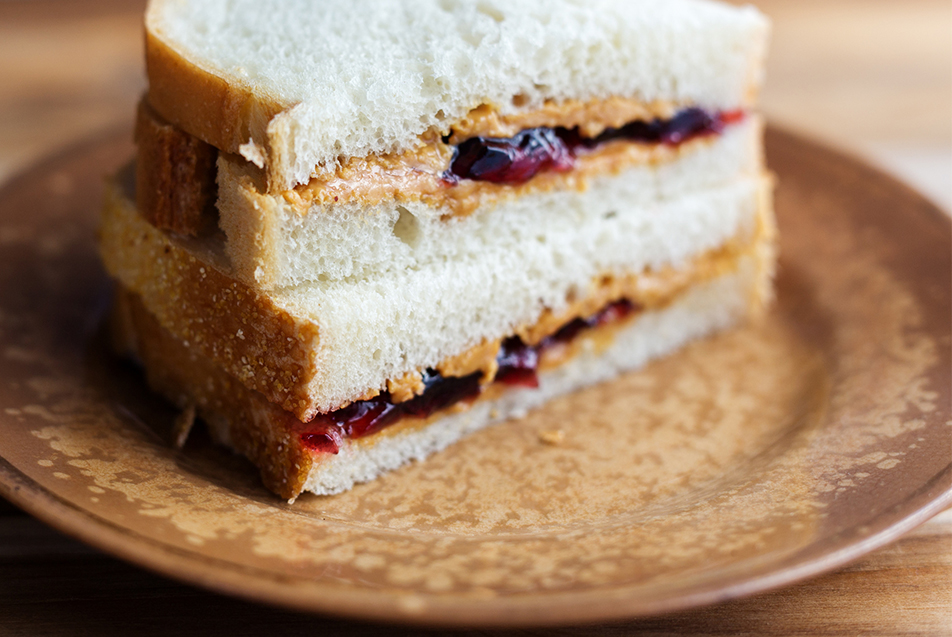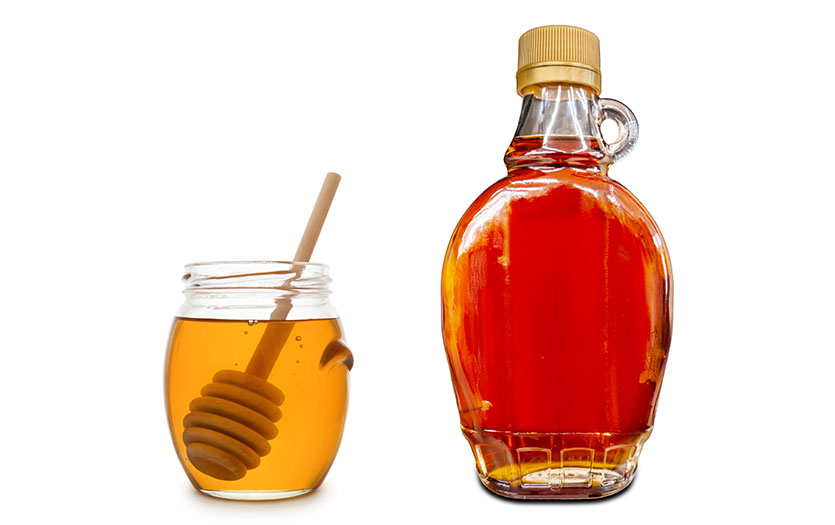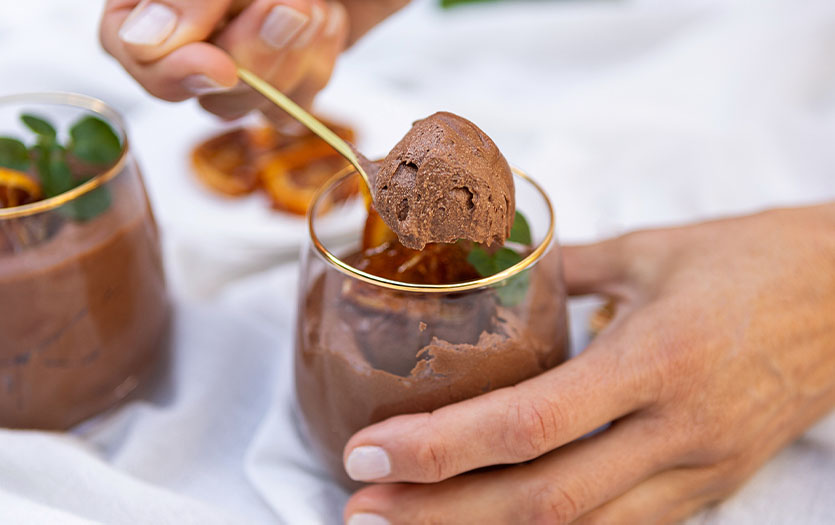Whether your child prefers grape or strawberry, crunchy or smooth, it’s hard to find a little one who doesn’t enjoy a traditional PB&J from time to time. But is it a smart choice for fueling your child at their midday meal? We asked Leigh Ann Brooks, RN, diabetes educator and nursing services operational lead, to answer that question and help parents think outside the lunchbox this school year.
Millions of kids head back to school this month. It’s an exciting time as they learn which friends are in their classrooms and who did what over the summer. They’re excited about their new school supplies and their new school clothes and of course their new book bags and lunchboxes! But what is inside that lunchbox? That’s the question.
Do you tend to pack the same lunch every day, because it’s quick and easy and doesn’t require refrigeration or ice packs? You aren't alone. Many packed school lunches consist of the old standbys: a peanut butter and jelly sandwich, a bag of chips, a couple of cookies and a juice box.
Let’s take a minute to really look at what this lunch consists of. The nutritional breakdown looks like this:
- 2 pieces of bread – 160 calories, 30 grams of carbohydrate
- 2 tablespoons peanut butter – 190 calories, 6 grams of carbohydrate
- 1 tablespoon jelly – 40 calories, 10 grams of carbohydrate
- 1 ounce of potato chips – 160 calories, 15 grams of carbohydrate
- 3 small cookies – 160 calories, 22 grams of carbohydrate
- 1 juice box – 100 calories, 17 grams of carbohydrate
That brings our grand total to 810 calories and 100 grams of carbohydrate! More importantly, this meal has no vegetables, no fruit and no source of calcium for growing bones.
According to the Centers for Disease Control and Prevention, one in five children ages 6-19 are obese. These obese children are at a much higher risk for developing chronic illnesses such as type 2 diabetes. As parents, we can instill better eating habits in them at a young age to give them every advantage to avoid obesity and diabetes in adulthood. It’s about developing a new, fresh packing plan.
It may take a little effort, but we can tremendously improve the lunch listed above. I encourage you to try making a plan and prepping for your child’s packed meals on Sunday evenings. Fill small zip-lock bags with carrot sticks, sliced peppers, cucumbers, grapes, berries, orange slices, nuts, granola, cheese cubes, a couple slices of lunch meat etc. You can prep these on Sunday for the entire week. These are easy to grab in addition to a cup of yogurt and a bottle of water, and support much healthier choices.
Help your child start this school year off on a healthy note!




